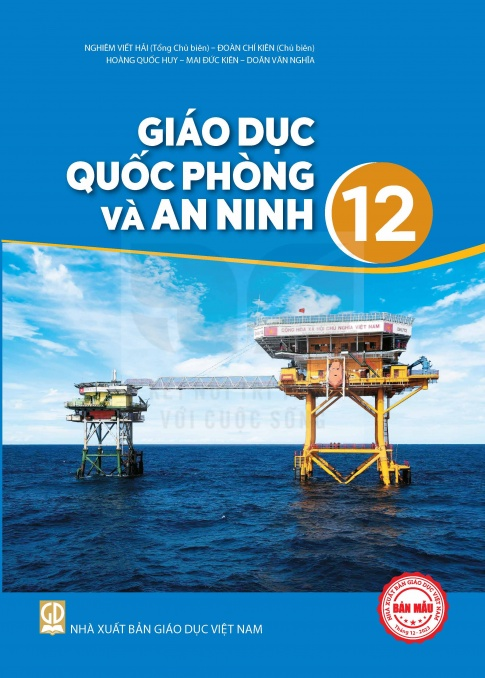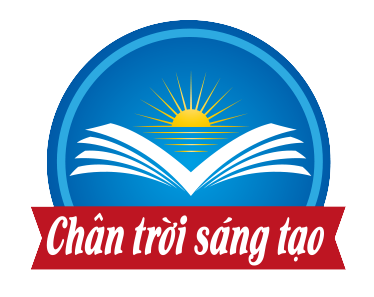(Page 28)
This unit includes:
LANGUAGE
Pronunciation
Linking final consonants to initial vowels
Vocabulary
Words and phrases related to cities and smart living
Grammar
Stative verbs in the continuous form
Linking verbs
SKILLS
• Reading: Reading for specific Information in an article about the characteristics of future cities
• Speaking: Discussing cities of the future Keeping a conversation going by asking Wh-questions
• Listening: Listening for main ideas and specific information in an interview about the disadvantages of living in a smart city
• Writing: Writing an article about the advantages and disadvantages of living in a smart city
COMMUNICATION AND CULTURE / CLIL
Everyday English
Expressing certainty and uncertainty
Culture
Smart cities around the world
PROJECT
Designing a poster of the ideal city of the future

I. GETTING STARTED
An exhibition of future cities
1. Listen and read. 🎧
Ms Smith: Good morning. Welcome to our exhibition: Future Cities. Here you can see models of our cities of the future. Please take a look around and feel free to ask me any questions.
Nam: This model looks very interesting. Can you tell me more about it, Ms Smith?
Ms Smith: Yes. This is a 'green city' designed to reduce its negative impact on the environment. As you can see, more than fifty per cent of it is made up of green areas.
Nam: I don't see any private vehicles on the roads.
Ms Smith: Most people will use public transport such as trams and electric buses. There will be fewer traffic jams and less pollution.
Nam: So city dwellers will stop using their cars in urban areas.
Ms Smith: That's the idea.
Nam: I like it. It seems a good solution to many environmental problems.
(...)
Mai: Let's look at the city over there. I can see robots and lots of cameras in the streets. What's special about this city?
Ms Smith: It's called a 'smart city'. Al technologies, such as cameras and smart sensors, will be installed to help the city operate more efficiently.
Mai: The modern infrastructure of the city looks beautiful. I'm really impressed with the high-rise buildings.
(Page 29)
Ms Smith: Tall buildings can actually limit the carbon footprint of the built environment and help solve housing problems in big cities.
Mai: Mmm, I'm thinking of living in a smart city in the future.

2. Read the conversation again and complete the notes. Use no more than TWO words for each blank.
| Future cities |
| Green city | Smart city |
| - More than 50% of it is made up of (1) _____. - Using public transport will help reduce (2) _____ and pollution. | - Al (3) _____ will help the city operate more efficiently. - High-rise buildings will help solve the (4) _____ problems. |
3. Match the words to make phrases mentioned in 1.
| 1. public | a. city |
| 2. private | b. infrastructure |
| 3. modern | c. transport |
| 4. high-rise | d. vehicles |
| 5. smart | e. buildings |
4. Complete the sentences with phrases from 1.
1. It _____ to many environmental problems.
2. The modern infrastructure of the city _____.
3. I _____ living in a smart city in the future.

























